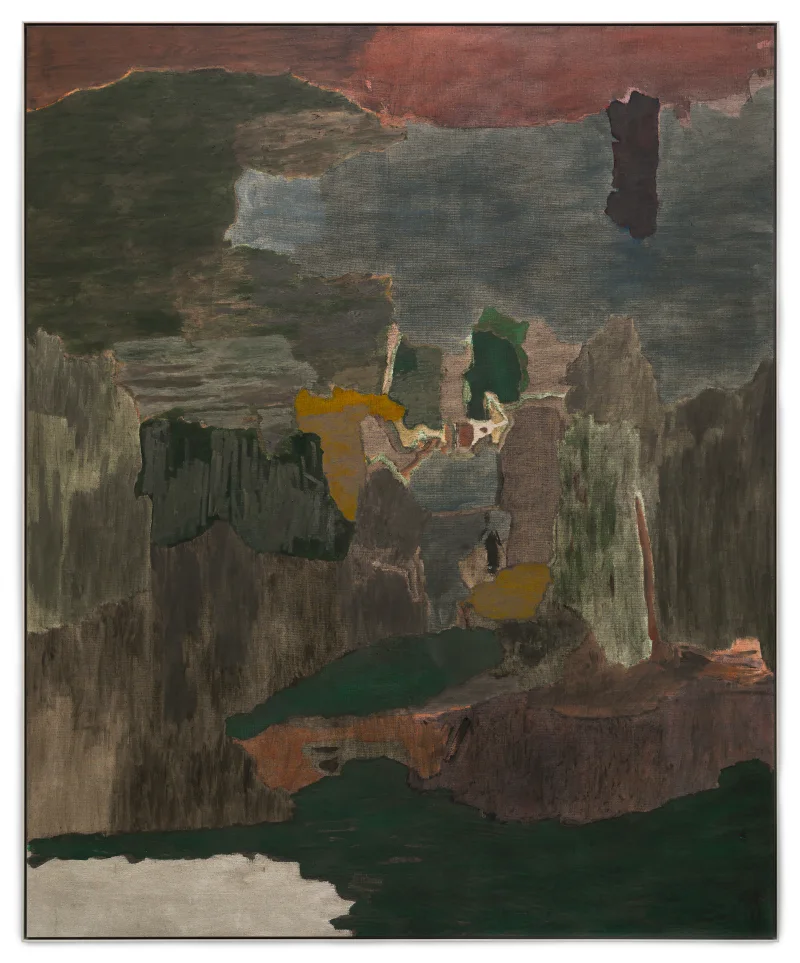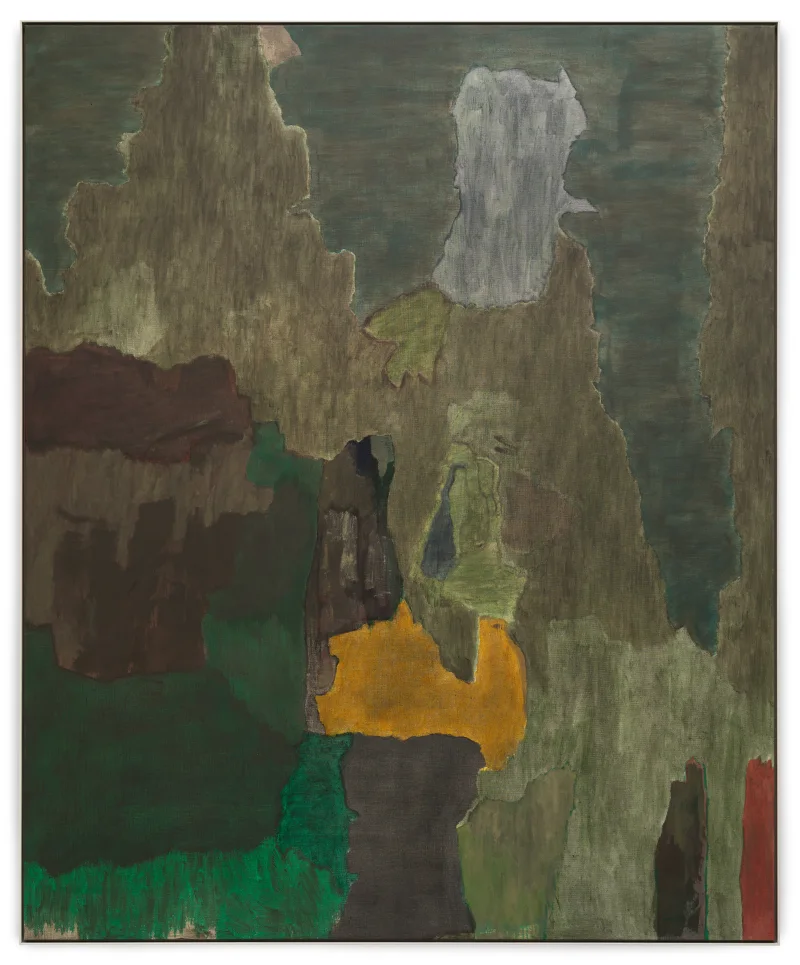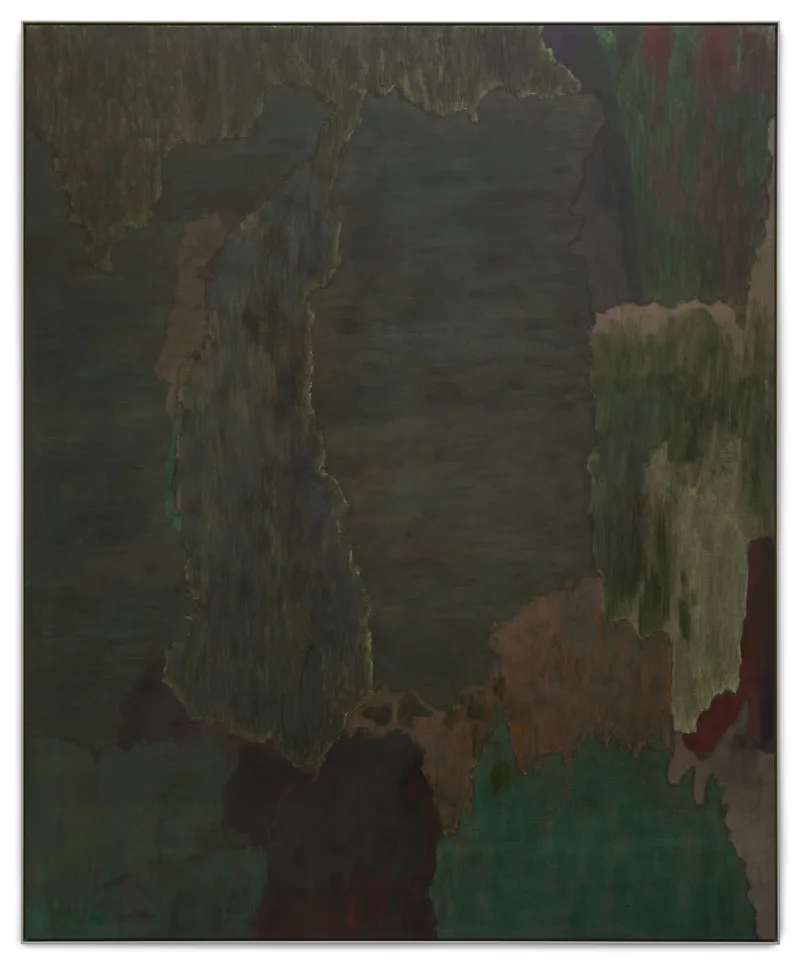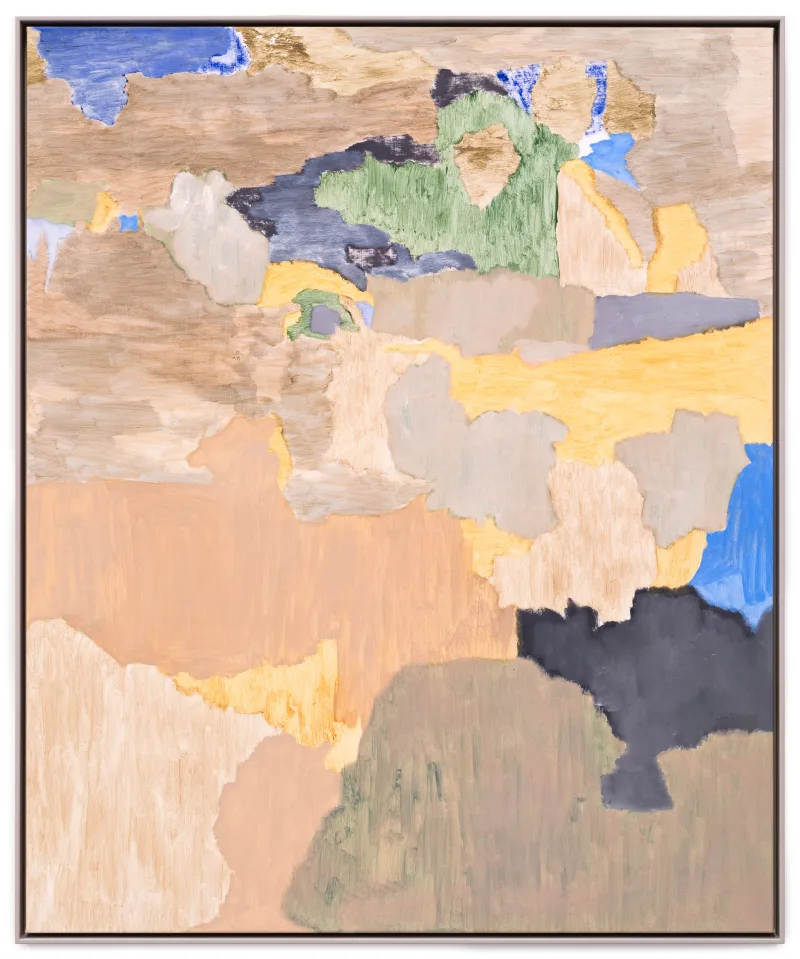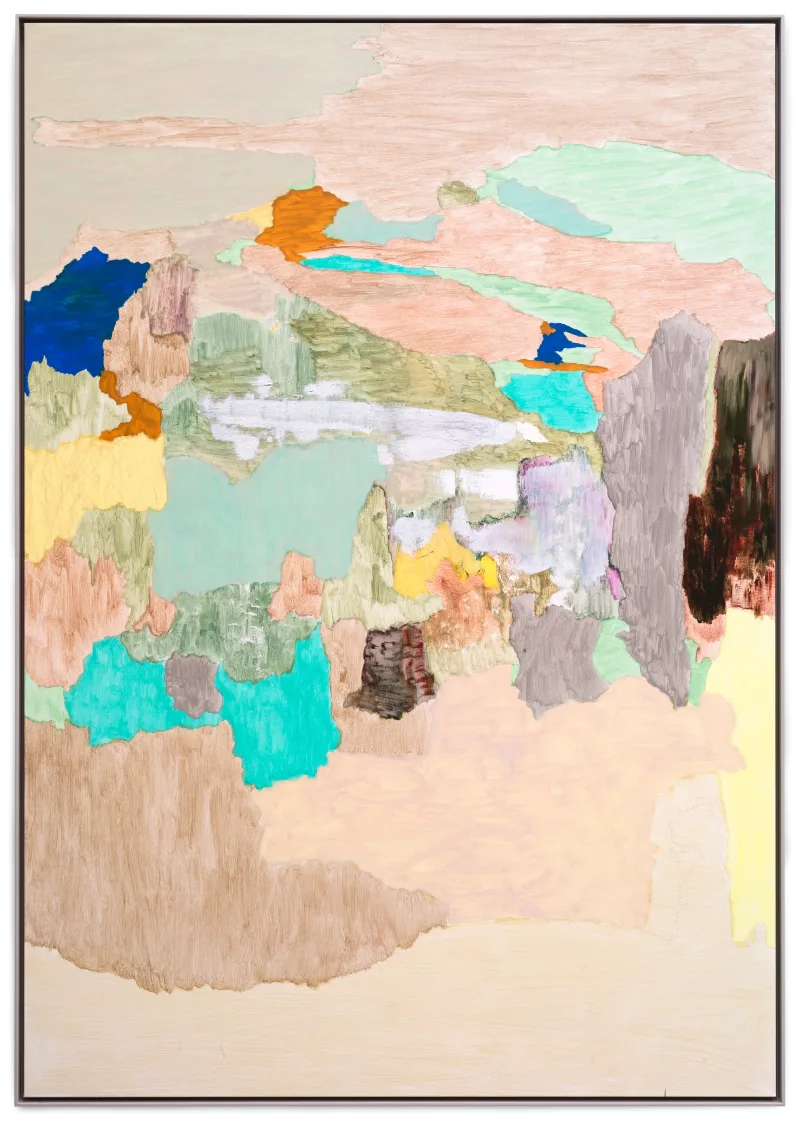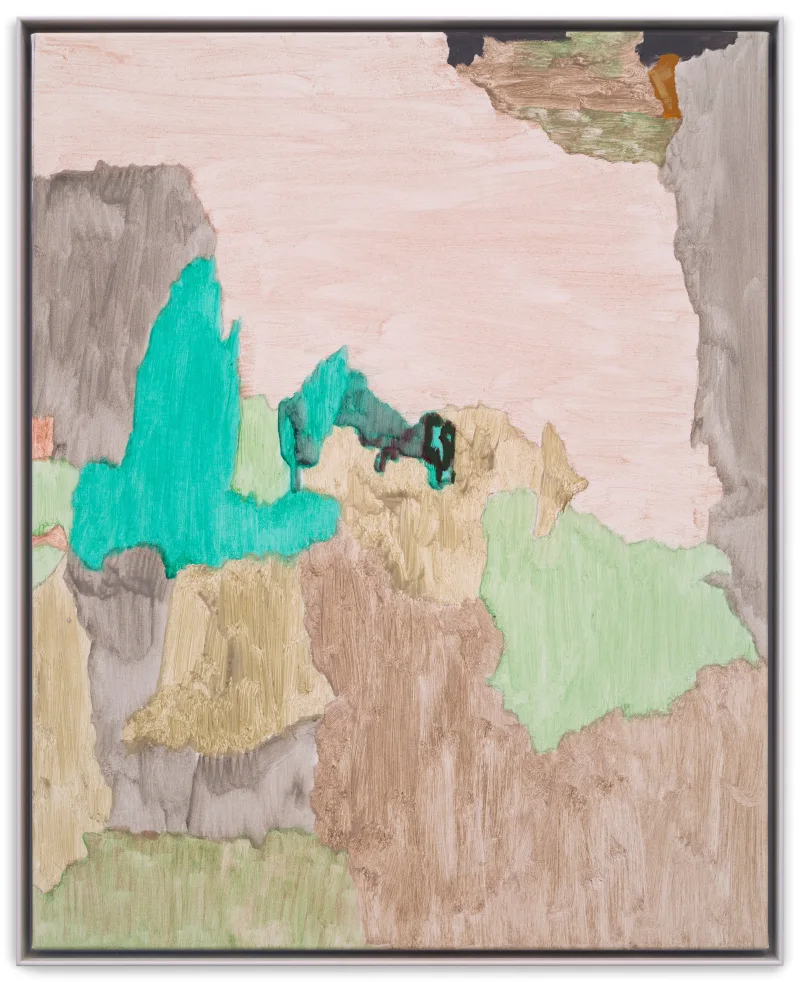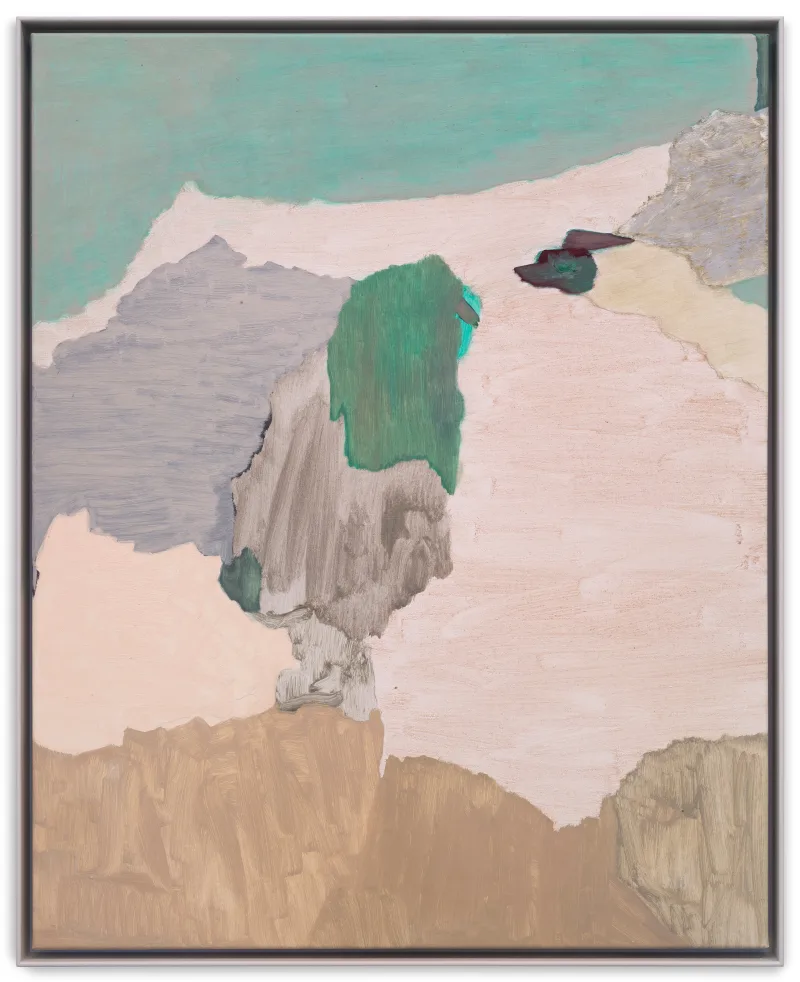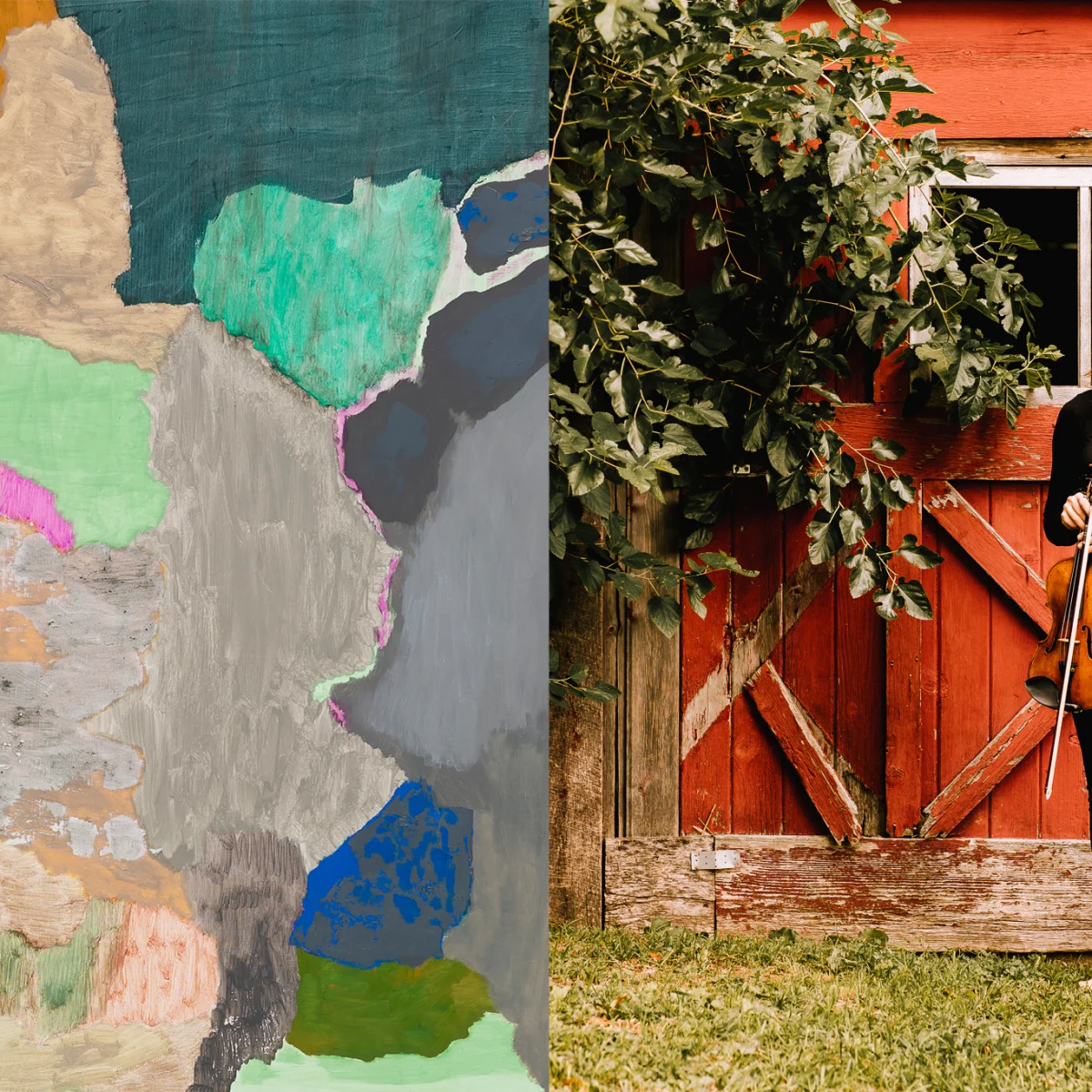
Andreas Eriksson: Two Columns and a Sunny Day
Overview
Stephen Friedman Gallery presents 'Two Columns and a Sunny Day', an exhibition by Swedish artist Andreas Eriksson.
The show, which is at the gallery’s recently opened New York location, marks Eriksson’s solo debut in the US. Featuring large-scale paintings, the exhibition continues the artist’s exploration of painting as an act of deep contemplation and reflective engagement.
In his diverse practice encompassing painting, tapestry, sculpture, printmaking, photography, and mixed media installation, Eriksson explores the intersection between art and nature—carefully merging the material and the conceptual. His research is rooted in extensive observation of his surroundings in the Lake Vänern and Medelplana region in Sweden, where he currently lives.
Eriksson’s work is positioned between the legacy of European Impressionism and Romanticism, as well as postwar American abstraction, emphasizing the materiality of color while exploring its optical effects. His complex compositions gesture to David Novros’ experimental compositions, Clyfford Still’s exploration of color’s expressive potential, Günther Forg’s rhythmic mark-making, and Helen Frankenthaler’s notion of the picture plane. Furthermore, Eriksson’s work has been deeply influenced by Swedish painting between 1910 and 1940, a period of time characterized by surrealism and expressionism. This period embraced a raw and instinctive painting approach, an aesthetic that deeply resonated with Eriksson during his childhood.
The show, which is at the gallery’s recently opened New York location, marks Eriksson’s solo debut in the US. Featuring large-scale paintings, the exhibition continues the artist’s exploration of painting as an act of deep contemplation and reflective engagement.
In his diverse practice encompassing painting, tapestry, sculpture, printmaking, photography, and mixed media installation, Eriksson explores the intersection between art and nature—carefully merging the material and the conceptual. His research is rooted in extensive observation of his surroundings in the Lake Vänern and Medelplana region in Sweden, where he currently lives.
Eriksson’s work is positioned between the legacy of European Impressionism and Romanticism, as well as postwar American abstraction, emphasizing the materiality of color while exploring its optical effects. His complex compositions gesture to David Novros’ experimental compositions, Clyfford Still’s exploration of color’s expressive potential, Günther Forg’s rhythmic mark-making, and Helen Frankenthaler’s notion of the picture plane. Furthermore, Eriksson’s work has been deeply influenced by Swedish painting between 1910 and 1940, a period of time characterized by surrealism and expressionism. This period embraced a raw and instinctive painting approach, an aesthetic that deeply resonated with Eriksson during his childhood.
For Eriksson, painting is a physical act closely aligned with sculpture and weaving. Through a meticulous process, the artist delicately applies thin layers of acrylic onto Belgian canvas; followed by the application of transparent dark oil paint. His applications of color can be interpreted as patchwork topographies or details of organic forms, where multiple fields of color and texture come together, creating a mosaic of varying tones. The result is a haptic surface that reveals the bodily gestures behind his compositions. “I use the material as an entry point to start the painting process,” the artist explains, “There is a connection between the way I put the paint onto the canvas and the structure of the tapestries. Sometimes the paintings look woven because I often apply horizontal or vertical strokes, just like in the process of weaving.”
In his darker paintings, the artist favors somber tones to activate the senses and allow the viewer to reflect back on the nature of that sensory activation. The works investigate the play of imagination and how the mind’s eye can imprint shapes upon darkness. In this way, the paintings not only capture the essence of the landscape but also invite viewer interaction, encapsulating the act of observing.
The artist's lighter compositions reflect an ever-shifting color palette spanning from light copper, bright pinks, and flesh tones to deep greens and jewel hues. In contrast to conventional landscapes that depend on creating illusions, Eriksson seems to shift attention towards the window as a mirror, an object meant to be looked at. The fascination centers on the painting itself—how the colors blend and interact, forming a unique visual language. As the artist states, “The paintings act as windows, rather than a picture of a landscape.”
Stephen Friedman Gallery presents 'Two Columns and a Sunny Day', an exhibition by Swedish artist Andreas Eriksson.
